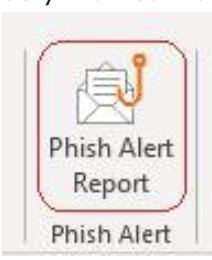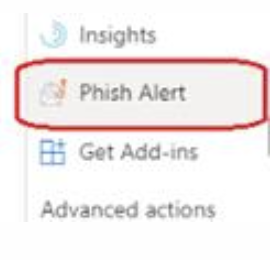Social engineering attack
In a social engineering attack, an attacker uses human interaction (social skills) to obtain or compromise information about an organization or its computer systems. An attacker may seem unassuming and respectable, possibly claiming to be a new employee, repair person, or researcher and even offering credentials to support that identity. However, by asking questions, he or she may be able to piece together enough information to infiltrate an organization's network. If an attacker is not able to gather enough information from one source, he or she may contact another source within the same organization and rely on the information from the first source to add to his or her credibility.
Phishing attack
Phishing is a form of social engineering. Phishing attacks use email or malicious websites to solicit personal information by posing as a trustworthy organization. For example, an attacker may send email seemingly from a reputable credit card company or financial institution that requests account information, often suggesting that there is a problem. When users respond with the requested information, attackers can use it to gain access to the accounts.
Phishing attacks may also appear to come from other types of organizations, such as charities. Attackers often take advantage of current events and certain times of the year, such as:
- natural disasters (e.g., Hurricane Katrina, Indonesian tsunami)
- epidemics and health scares (e.g., H1N1)
- economic concerns (e.g., IRS scams)
- major political elections
- holidays
How to identify a phishing email
Use the following tips to identify phishing email:
- Don’t trust the display name: it can be spoofed!
- Look but don’t click: hover your mouse over any links embedded in the body of the email. If the link address looks weird, don’t click on it.
- Don’t give out personal information: legitimate banks and most other companies will never ask for personal credentials via email. Don’t give them out.
- Beware of urgent or threatening language in the subject line: invoking a sense of urgency or fear is a common phishing tactic. Beware of friends stranded in a far-away land, asking for help to return back to the US.
- Review the signature: lack of details about the signer or how you can contact a sender strongly suggests a phish.
- Don’t click on attachments: attachments may contain viruses and malware.
- Don’t believe everything you see: Phishers are extremely good at what they do. Just because an email has convincing brand logos, language, and a seemingly valid email address, does not mean that it’s legitimate. Be skeptical when it comes to your email messages. If it looks even remotely suspicious, delete it!
What to do if you get a phishing email
The IT Department's security devices and email filters continuously monitor for phishing emails and adapt to new threats. Unfortunately, it is not possible to completely eliminate phishing scams.
If you get a phishing email, click on the Phishing Alert Button in your Outlook Client .

or in your MS365 Webmail

What to do if you are a victim of phishing scam
- Immediately change the password of any account that may have been compromised. If you used the same password for multiple resources, make sure to change it for each account, and do not use that password in the future.
- If you believe you might have revealed sensitive information about your organization, report it to the appropriate people within the organization, including network administrators.
- If you believe your financial accounts may be compromised, contact your financial institution immediately and discuss the situation. Watch for any unexplainable charges to your account.